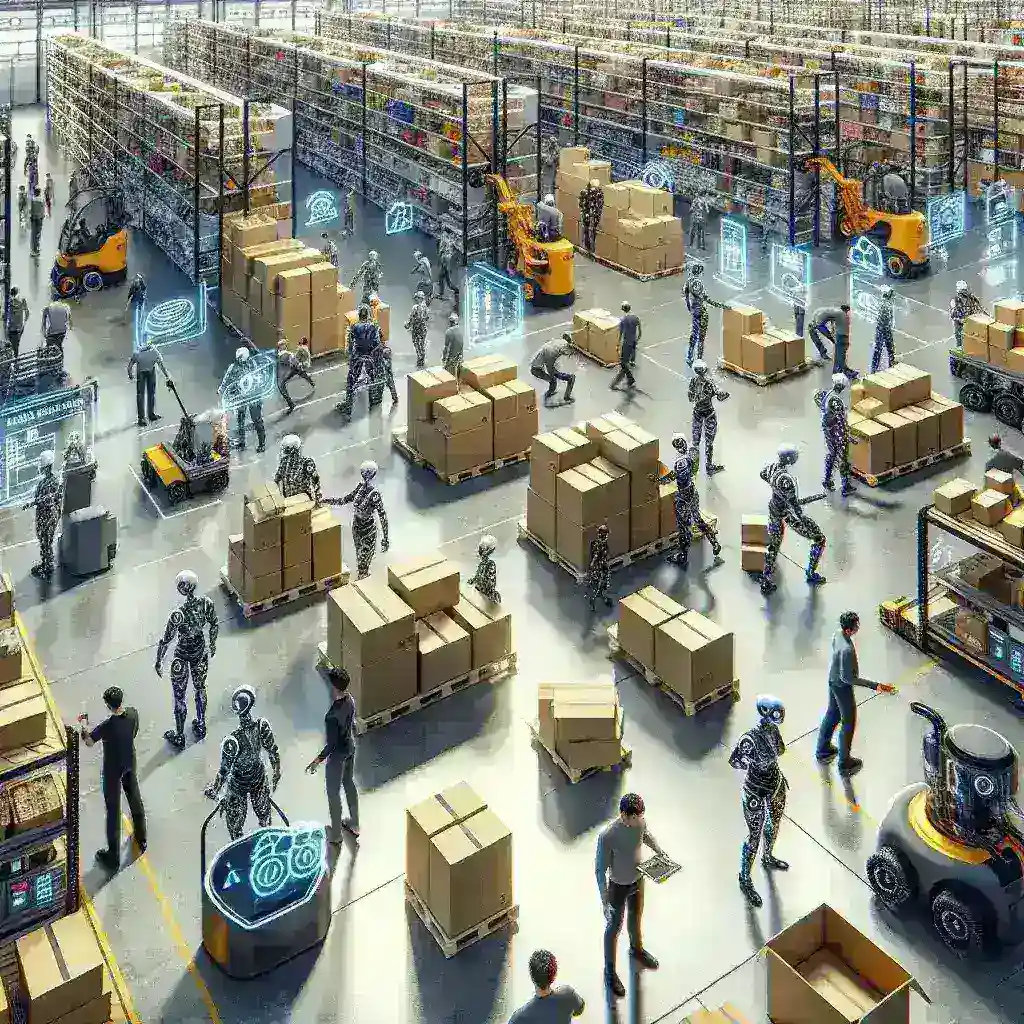Introduction
The rapid evolution of technology has paved the way for significant advancements in humanoid robotics, particularly in the warehousing sector across the United States. As companies strive for efficiency and productivity, the deployment of humanoid robots is becoming increasingly common. This article explores the emerging market trends in humanoid robotics within U.S. warehousing, providing insights into their applications, benefits, and future prospects.
The Rise of Humanoid Robotics in Warehousing
Humanoid robotics have transitioned from experimental concepts to practical applications in warehousing. These robots are designed to mimic human actions, making them versatile and suitable for various tasks such as picking, packing, and sorting. As e-commerce continues to grow, the demand for efficient warehousing solutions has led to a surge in humanoid robotics deployment.
Historical Context
Historically, warehouse automation has relied heavily on traditional robotic solutions. However, as technology advanced, humanoid robots emerged as a viable alternative. With their ability to navigate complex environments and interact with human workers, they have become essential in modern warehousing.
Current Market Trends
- Increased Investment: Many logistics companies are investing heavily in humanoid robotics to streamline operations and reduce labor costs.
- Collaboration with Human Workers: Humanoid robots are designed to work alongside human workers, enhancing productivity rather than replacing jobs.
- AI Integration: The integration of artificial intelligence (AI) enables humanoid robots to learn and adapt to new tasks quickly, making them more efficient.
- Focus on Safety: Humanoid robots are equipped with advanced sensors to navigate safely around human workers, reducing the risk of workplace accidents.
Benefits of Humanoid Robotics in Warehousing
The deployment of humanoid robots in warehousing offers numerous advantages:
- Enhanced Efficiency: Robots can perform repetitive tasks faster and with greater accuracy than humans, leading to increased overall efficiency.
- Cost Savings: While the initial investment in humanoid robotics can be significant, the long-term savings on labor costs and operational inefficiencies are substantial.
- Scalability: Humanoid robots can be scaled up or down based on demand, providing flexibility in operations.
- Improved Work Environment: By taking over mundane tasks, humanoid robots allow human workers to focus on more complex and rewarding activities.
Challenges and Considerations
Despite the advantages, the deployment of humanoid robots in warehousing is not without challenges:
- High Initial Costs: The investment required for humanoid robotics can be prohibitive for smaller companies.
- Training Requirements: Staff may require training to effectively work alongside humanoid robots.
- Technological Limitations: While advances have been made, humanoid robots still face limitations in terms of dexterity and decision-making capabilities.
Future Predictions for Humanoid Robotics in Warehousing
The future of humanoid robotics in warehousing looks promising, with several trends expected to shape its evolution:
- Increased Adoption: As technology becomes more affordable and accessible, more companies will likely adopt humanoid robotics.
- Advancements in AI: Continued advancements in AI will enhance the capabilities of humanoid robots, making them more versatile and efficient.
- Integration with IoT: The integration of Internet of Things (IoT) technology will allow humanoid robots to communicate and collaborate better with other systems in the warehouse.
- Focus on Sustainability: Humanoid robots may play a role in creating more sustainable warehousing environments by optimizing resource use.
Case Studies: Successful Deployments
Several companies have successfully integrated humanoid robots into their warehousing operations:
Case Study 1: XYZ Logistics
XYZ Logistics implemented humanoid robots to assist with order picking. The robots improved picking speed by 30% while reducing errors by 25%. This deployment has allowed the company to handle increased order volumes without additional staffing costs.
Case Study 2: ABC Supply Chain
ABC Supply Chain utilized humanoid robots to optimize their sorting process. With the robots handling bulk sorting tasks, human workers were freed to focus on quality control, resulting in a significant boost in overall productivity.
Conclusion
As the warehousing industry continues to evolve, humanoid robotics will play an integral role in shaping its future. By enhancing efficiency, reducing costs, and improving workplace safety, these robots are set to revolutionize how warehouses operate. Companies that embrace this technology will likely gain a competitive edge in the ever-growing e-commerce landscape.
Call to Action
As we stand on the brink of this technological revolution, it is crucial for businesses to explore the possibilities offered by humanoid robotics. Start researching potential deployment strategies and consider how these innovations can enhance your warehousing operations.

Leave a Reply